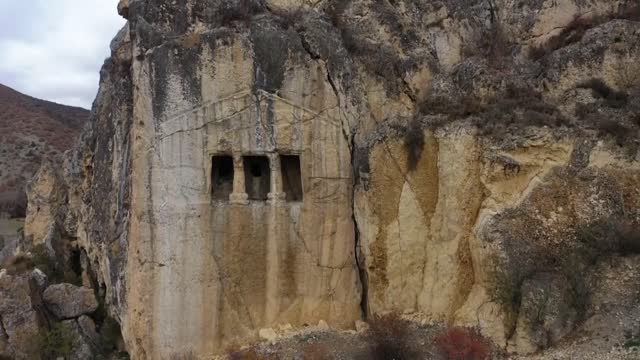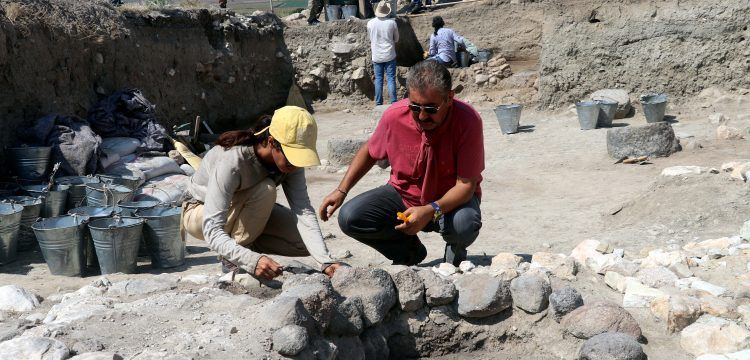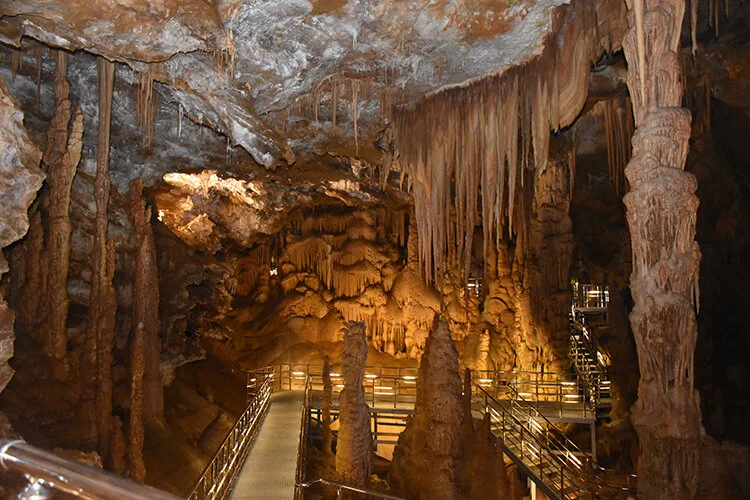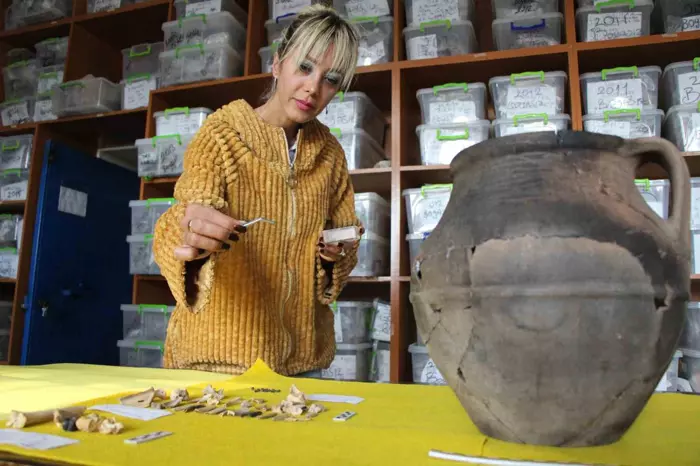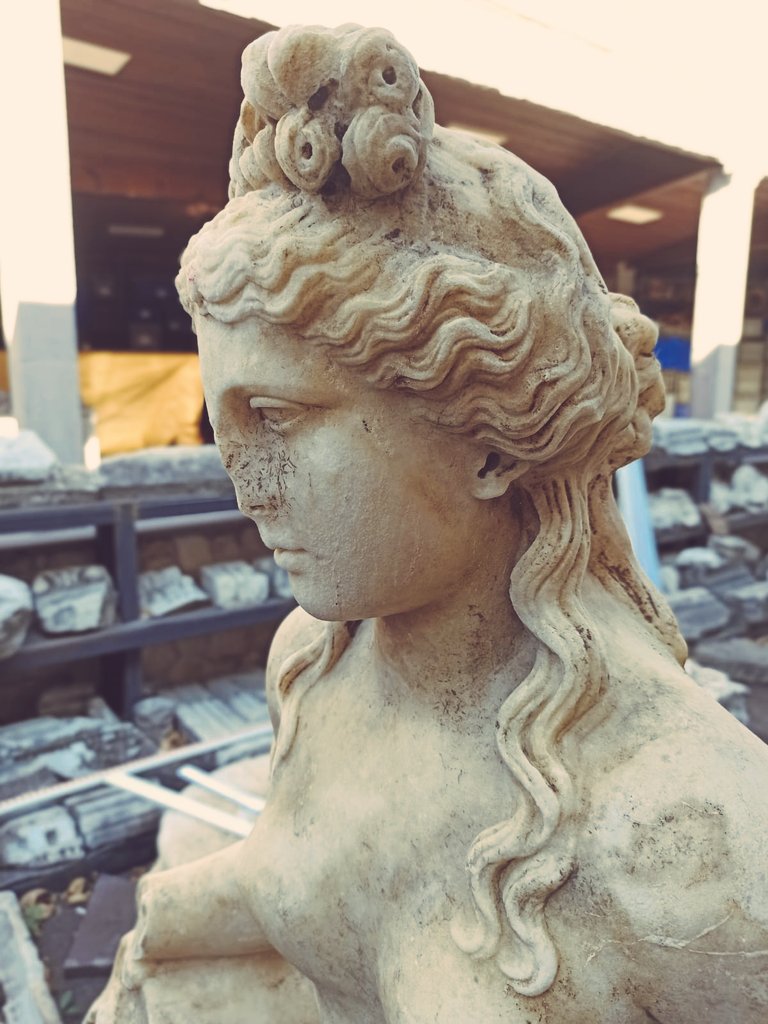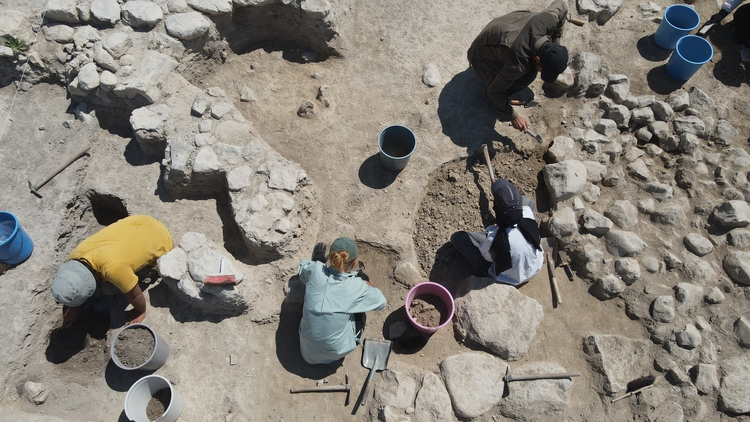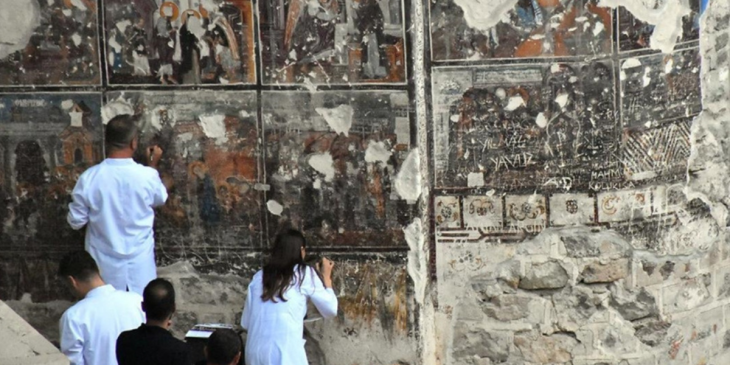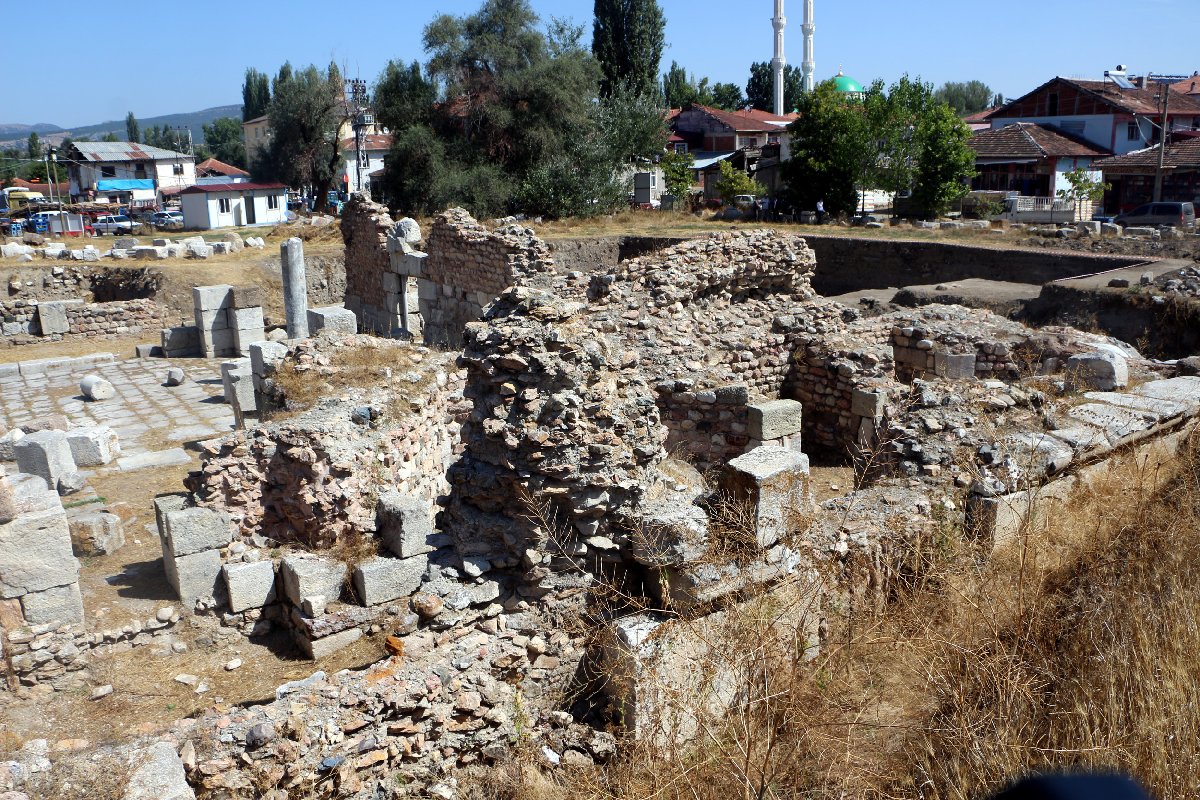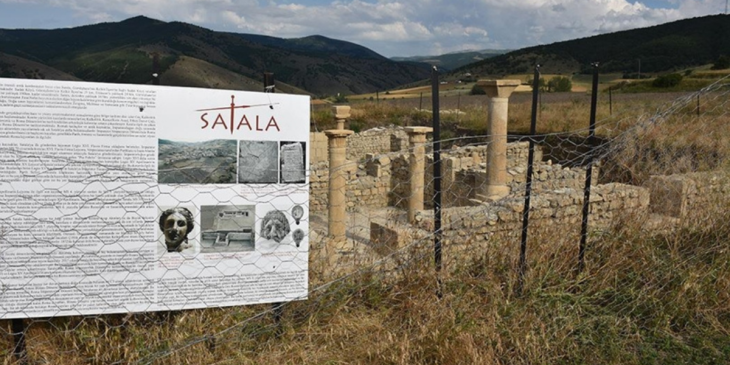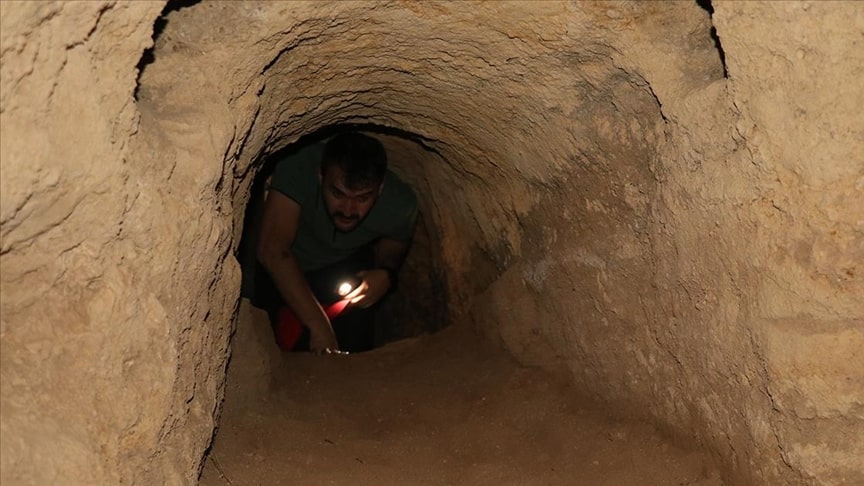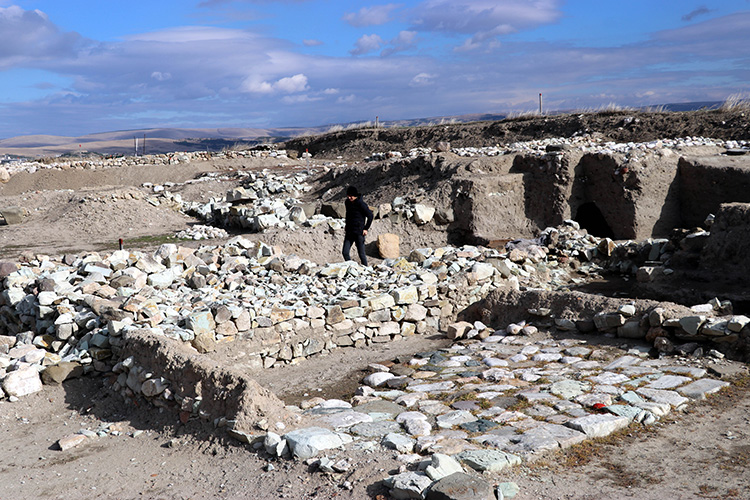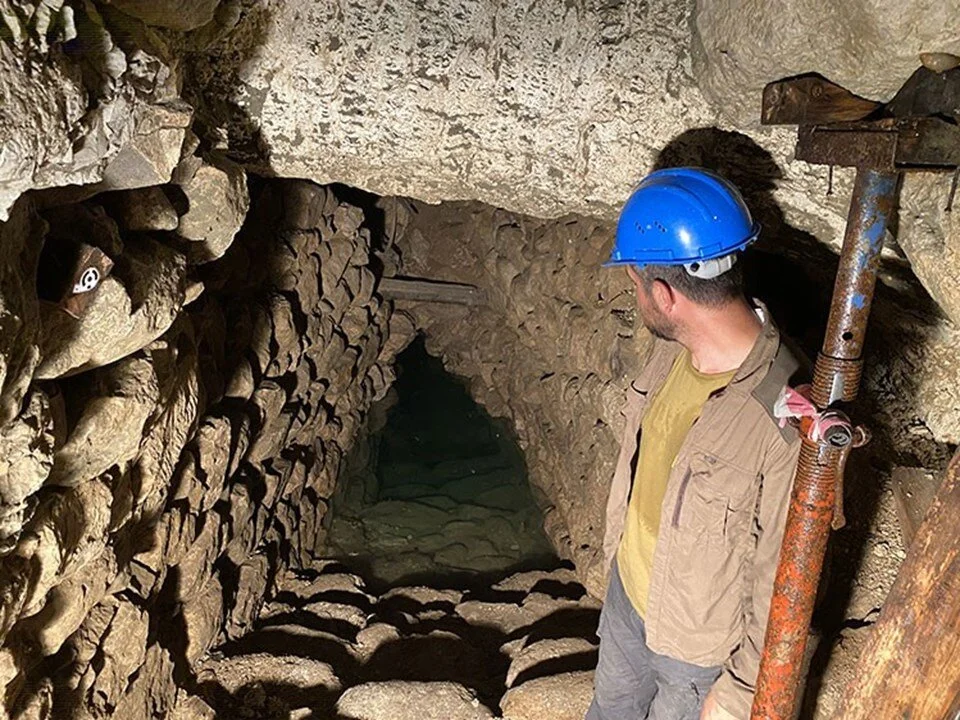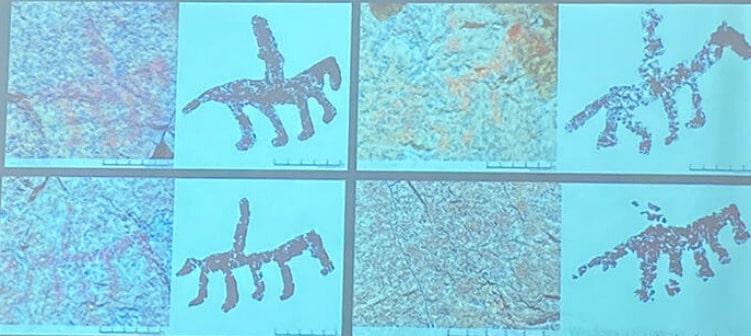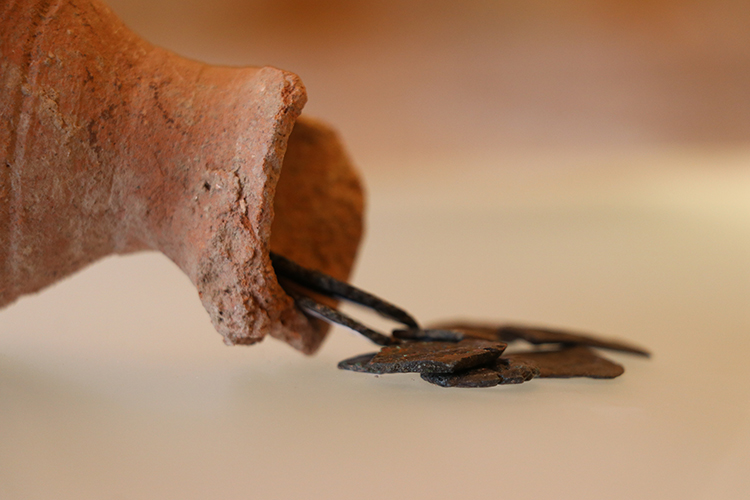Donalar Kale Kapı Rock Tomb or Donalar Rock Tomb in the Taşköprü district of Kastamonu in northern Turkey draws attention with its relief figures.
The rock tomb in the village of Donalar, estimated to have been built by the Paphlagonians in the mid-7th century BCE, features bull and lion figures, as well as a mythical creature known as a “griffon,” which has the body of a lion and the wings of an eagle.
Paphlagonia is an area on the north-central Black Sea coast of Anatolia, situated between Bithynia and Pontus, separated from Galatia by the eastern prolongation of the Bithynian Olympus.
It served as a cultural crossroads for Greeks in the Black Sea region and the Iron Age population of the Central Anatolian plateau. It was not a political unit, but it was annexed and occupied by the Hellenistic kings of Bithynia and Pontus. So far, very few attempts have been made to develop a comprehensive understanding of the economy of the southern Black Sea region. Paphlagonia and Pontus’ ancient economies were based on agricultural and industrial activities, but especially on wine and oil production and international trade.
The famous Pompeiopolis Ancient City, the capital of Paphlogania, is located in Taşköprü.
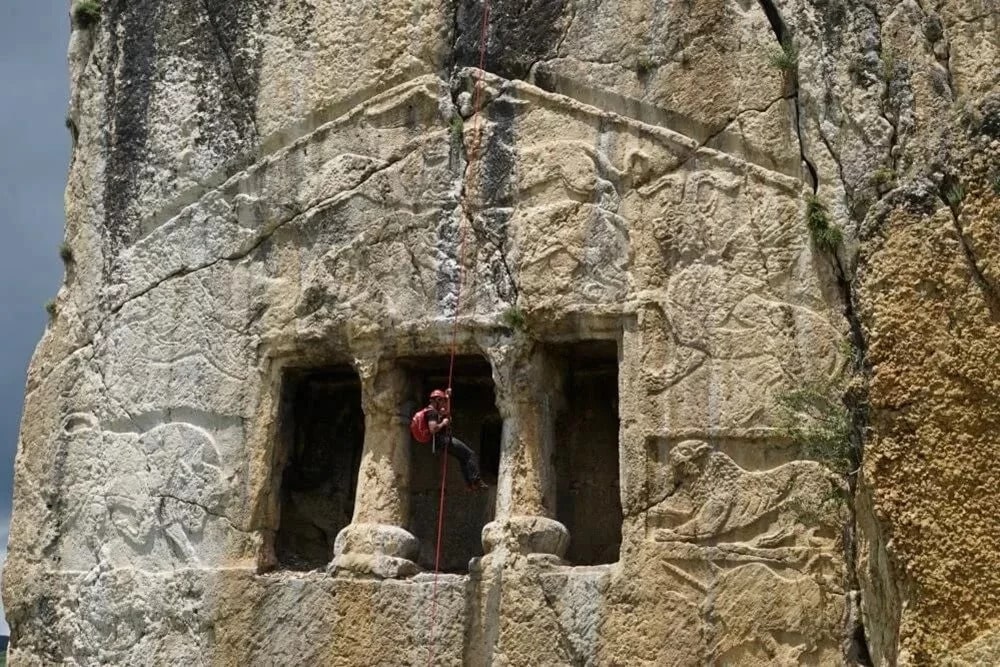
Donalar, also called Kalekapı in common parlance, is located 10 km away from Pompeipolis, near the Karadere River which is an arbitrary of Amnias (Gökırmak). The façade cut from the rock is 10 meters above the ground. The central part of the façade is a small tomb chamber that can be entered through low doors on different phases of use.
The two chambers are connected by a narrow door. The size and shape of the chambers differ: The one on the left side is regularly cut and more spacious. The other is smaller and irregular. Both chambers have barrel-vaulted ceilings with the stone surface trimmed to farm a smooth curve. Inside the larger chamber, there is a roughly carved bench and a more elaborate kline with decorated legs, presumably imitating wood-turning. The chamber on the right side contains only a very roughly carved bench. This together with it is an irregular shape, indicates that the chamber remained unfinished.
Donalar the columns are crowned by a narrow but bulging echinoid element and square abacus. Above, the column capital and tomb are carved as crouching bulls.
The tomb was carved into a high rock size of 10×15 meters. Donalar Kalekapı Rock Tomb, with its 2,700-year history, holds the distinction of being the only one of its kind in Turkey.
These tombs, built as rock tombs and sacred temple areas under the influence of Phrygian culture, carry traces of the 7th century BC and the 1st century BC.
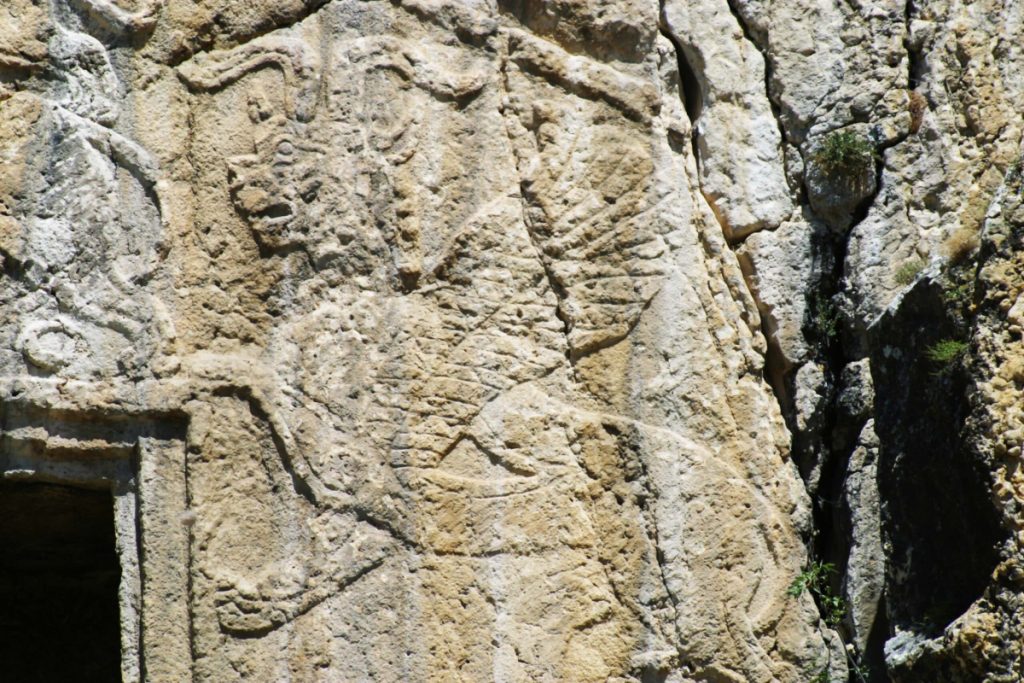
The columned façade of the tomb and the depiction of “Potnea Theron” – “Lady/Queen of Animals” on its pediment draws attention.
The Potnia Theron -“The Animal Queen” or Lady/Queen of Animals- is a widespread motif in ancient art from the Mediterranean world and the ancient Near East. It depicts a central human, or human-like, female figure who grasps two animals, one on each side, in the center.
The term is first used once by Homer as a descriptor of Artemis and often used to describe female divinities associated with animals.
There are lion reliefs with wings in the middle of the pediment on the front of the Rock Tomb. There are 8 rock tombs, three of which are monumental, in the area.
Donalar Kalekapı Rock Tomb (Kalekapı: Castle Gate) is referred to as the only tomb in Anatolia with traces from various civilizations due to its depictions of the Roman eagle, a lion from the Hellenistic period, and the reliefs of a griffon and winged lion.

